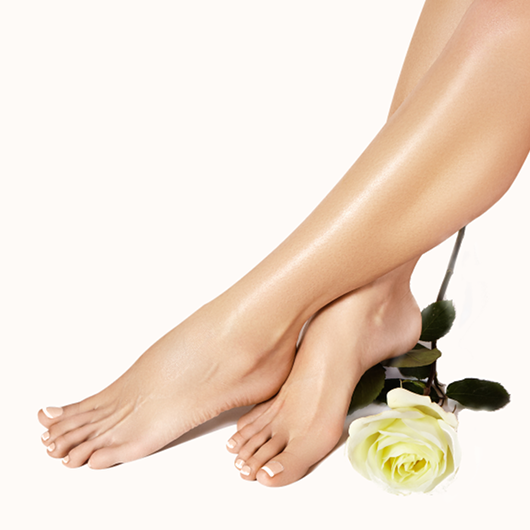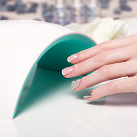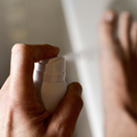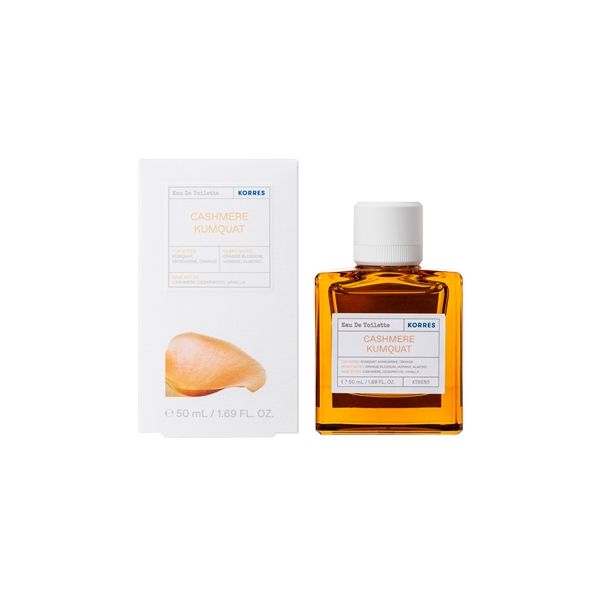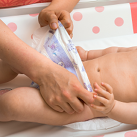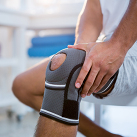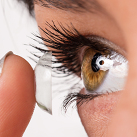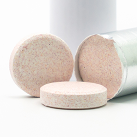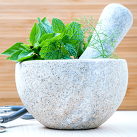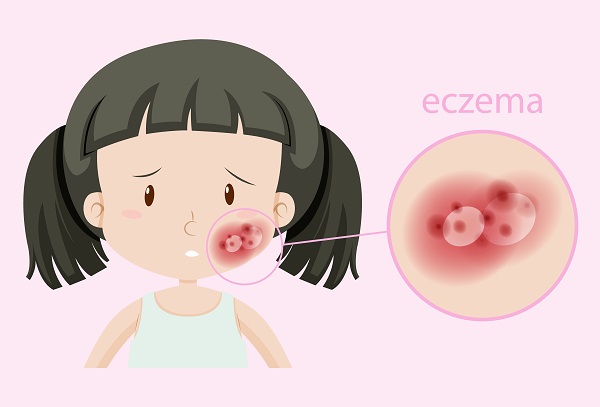Blog
Atropic Dermatitis in Babies and Children
Atopic dermatitis (or baby eczema) is a very common, chronic, non-infectious allergic skin condition, characterized by intense itching and severe skin lesions accompanied by dryness, redness and general inflammation.
The terms dermatitis and eczema have the same meaning and refer to a skin condition that has many different causes, but is usually characterized by dryness, itching, redness and inflammation of the skin. The word eczema comes from the Greek word “ek-zeo” which means “ek-vrazo” (vrazo means boil) and describes well the condition of the skin when there is eczema.
What Age Group Does Atopic Dermatitis Affect?
It could be distinguished in 3 phases:
1. Atopic dermatitis in infants (or so-called baby eczema). Usually in the 2nd or 3rd month of a baby’s life, skin lesions appear on the face, but also on the whole body. The lesions are in the form of erythema plaques, with dry skin and the formation of small vesicles that break and form a “crust”. The baby feels intense itching and manifests it by rubbing the areas with skin lesions either on the clothes or with his hands.
2. Atopic dermatitis in children. It concerns children aged 4-5 years up to adolescence. Skin lesions tend to be limited to specific anatomical areas (cervix, eyelids, curved surfaces of knees and elbows, etc.). At these ages there is usually dry skin all over the body.
3. Atopic dermatitis in adults. At this stage the skin lesions tend to be even more limited to the limbs (arms, legs) and neck. Of course there are often some exceptions.
What Are The Causes Of Eczema?
The exact cause of atopic dermatitis remains unknown, but it is probably a combination of genetic and environmental factors. Usually one or both parents of children with atopic dermatitis suffer from an allergic condition. Environmental factors suspect that food allergens as well as airborne allergens play a key role. There is no doubt that there are many triggers that cause the disease to flare up. These include:
Climate factors: During the winter there is an exacerbation of the disease, while in the summer it tends to improve and calms down. Also, sudden changes in temperature and humidity cause flares.
Psycho-emotional factors: Stress very often causes severe exacerbation of atopic dermatitis. This applies even to very young children.
Allergens: Some foods, but also airborne allergens can worsen atopic dermatitis. In the past, but even today, various avoidance measures are applied (diets, mattress covers and pillows, etc.), most of the time with questionable results. But calmness is needed so that the daily life of the family is not disrupted by practices that only increase stress and may ultimately aggravate rather than improve a situation.
What Is The Diagnostic Process?
Diagnosis is often very easy, judging from the clinical picture. The treating physician should always rule out other similar conditions (eg seborrheic dermatitis, contact dermatitis, etc.) and if the allergist deems it necessary to proceed with a special examination (skin tests, RAST, etc.) for possible detection of the major trigger.
What Is The Best Treatment?
1. Reduction or elimination of triggers
2. Reduction or disappearance of itching
3. Moisturizing the skin
4. Restoration of skin integrity and reduction of relapses
5. Reduce stress
What To Watch Out For:
1. The sudden changes of temperature and humidity.
2. Take a shower only once a day, and don’t use hot water. Avoid using antiseptic soaps often because they “dry” the skin out.
3. After showering, lightly wipe the body with a towel. Use for your shower what the doctor recommended and then apply the moisturizer on the body.
4. Hyperhidrosis does not benefit atopic dermatitis. Use cotton underwear and clothes.
5. Keep fingernails short and clean to avoid scratching your skin. To protect babies, use special mittens.
6. Avoid intense scratching, because there is a risk of infection, but also the appearance of permanent scars on the skin.
7. Learn to distinguish when there is a skin infection (intense hot area, redness, formation of pus blisters, possibly fever in young children) and ask your doctor immediately.
8. Reduce stress as much as possible, because the effect of various stressful situations causes exacerbation and greatly worsens the image of the damage.
9. Do not forget to report any discomfort or variations in the form of skin lesions to your doctor.

 Ελληνικά
Ελληνικά



